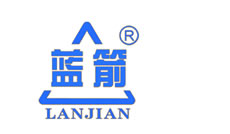1. Lower unit cost of transportation
Fewer conveyors and splices, shorter take-ups, and reduced belt inventory add up to significant cost savings right up front. Longer belt life, life-long splices, excellent belt training, and reduced downtime save you even more down the road. It all adds up to a lower cost-per-ton of material conveyed, which can make a major improvement in your bottom line.
2. Small elongation in use: The belts need only a very short take-up stroke distance.
3. Small diameter of drive pulley: The belt body has a layer of longitudinally arranged steel cords as its skeleton, and thus is resistant to flex fatigue.Therefore, drive pulley of smaller diameter can be used to make the equipment more compact.
4. High adhesion between rubber and steel cord: The steel cords are coated with zinc on their surface, and also the rubber used has the property of good adhesion with steel cords. Therefore, the rubber is tightly adhered to the steel cords and is resistant to shock and difficult to drop, so the rubber belts are long in life.
5. Even tension of steel cords: Out of our advanced techniques in manufacturing, the steel cords are very evenly arranged and have the same tension, so the belts are well balanced in running and difficult to run away.
6. Good troughability: As the belt body has no transverse skeleton, it is easy to from a deep trough, so the belts can load more materials and prevent the materials from escaping.
7. Inspection of the belt with X-rays: Users can X-rays to inspect damages of the skeleton steel cords on the conveyor machines to prevent accidents from happening. |
